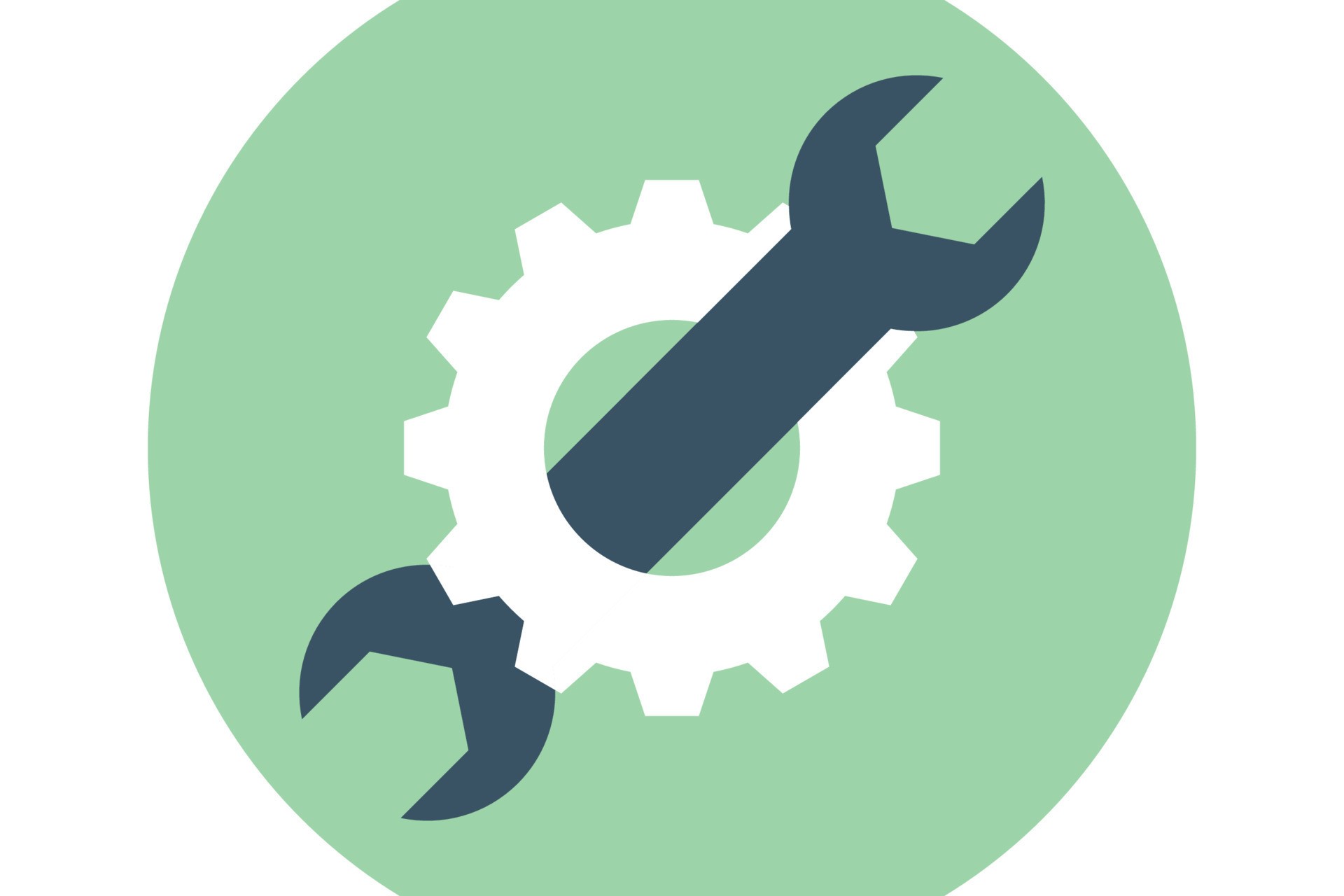
Customizable settings can make or break your experience with any device or software. Ever wondered why your phone feels just right in your hands? Or why your favorite game seems tailored to your play style? It's all thanks to customizable settings. These nifty options let you tweak everything from brightness to notifications, ensuring everything works just how you like it. Imagine adjusting your car seat for the perfect drive or setting your thermostat to the ideal temperature. Customizable settings offer that same level of comfort and control in the digital world. Ready to dive into 27 facts about these game-changing features? Let's get started!
Key Takeaways:
- Personalized settings make technology more fun and accessible, helping users create a unique experience that suits their needs and style.
- Customizable settings not only enhance user experience but also boost productivity, accessibility, security, and energy efficiency, shaping the future of technology.
Customizable Settings: A World of Possibilities
Customizable settings allow users to tailor their devices, apps, and experiences to their preferences. This flexibility can enhance productivity, accessibility, and enjoyment. Let's explore some fascinating facts about customizable settings.
Personalization in Technology
Technology today offers an array of settings that can be adjusted to fit individual needs. Here are some intriguing aspects of personalization in tech:
-
Smartphones: Modern smartphones come with a plethora of customizable options, from wallpapers and themes to notification sounds and widget arrangements. This allows users to create a unique interface that suits their style.
-
Accessibility Features: Devices often include settings to assist users with disabilities. Options like screen readers, voice commands, and adjustable text sizes make technology more inclusive.
-
Keyboard Shortcuts: Customizable keyboard shortcuts can significantly speed up workflow. Users can assign specific key combinations to frequently used commands in many software applications.
-
Privacy Settings: Users can control their privacy by adjusting settings related to data sharing, location tracking, and app permissions. This helps protect personal information from unwanted access.
-
Energy Saving Modes: Many devices offer customizable power-saving settings. Users can adjust screen brightness, disable background apps, and set sleep timers to extend battery life.
Customization in Software
Software applications often provide a range of settings that can be tailored to enhance user experience. Here are some notable examples:
-
Web Browsers: Browsers like Chrome and Firefox allow users to customize their homepages, install extensions, and manage bookmarks. This personalization can improve browsing efficiency.
-
Video Games: Gamers can adjust settings such as graphics quality, control schemes, and audio levels to optimize their gaming experience. This flexibility caters to different hardware capabilities and player preferences.
-
Productivity Tools: Applications like Microsoft Office and Google Workspace offer customizable templates, toolbars, and macros. These features help users streamline their tasks and improve productivity.
-
Email Clients: Customizable email settings include filters, signatures, and notification preferences. These options help users manage their inboxes more effectively.
-
Music Streaming Services: Platforms like Spotify and Apple Music allow users to create playlists, adjust equalizer settings, and receive personalized recommendations based on listening habits.
Customizable Settings in Everyday Devices
Beyond smartphones and computers, many everyday devices come with adjustable settings. Here are some interesting examples:
-
Smart Home Devices: Devices like smart thermostats, lights, and security systems can be customized to fit users' schedules and preferences. This can enhance convenience and energy efficiency.
-
Fitness Trackers: Wearable fitness devices offer customizable settings for tracking different types of activities, setting goals, and receiving notifications. This personalization helps users stay motivated and on track.
-
Cameras: Digital cameras allow photographers to adjust settings such as ISO, shutter speed, and white balance. These options enable users to capture images that match their creative vision.
-
Smart TVs: Users can customize their viewing experience by adjusting picture and sound settings, creating favorite channel lists, and setting parental controls.
-
Car Infotainment Systems: Modern cars come with infotainment systems that offer customizable settings for navigation, audio, and connectivity. This personalization can make driving more enjoyable and convenient.
The Impact of Customizable Settings
Customizable settings have a significant impact on user experience and satisfaction. Here are some key points to consider:
-
Enhanced User Experience: Personalization allows users to create an interface that feels intuitive and comfortable, leading to a more enjoyable experience.
-
Increased Productivity: Customizable settings can streamline workflows and reduce the time spent on repetitive tasks, boosting productivity.
-
Accessibility: Adjustable settings make technology more accessible to people with disabilities, ensuring that everyone can benefit from digital advancements.
-
Security: Customizable privacy settings help users protect their personal information and maintain control over their data.
-
Energy Efficiency: By adjusting power-saving settings, users can reduce energy consumption and extend the lifespan of their devices.
Future Trends in Customizable Settings
As technology continues to evolve, the scope of customizable settings is likely to expand. Here are some potential future trends:
-
AI-Powered Personalization: Artificial intelligence could enable even more personalized experiences by learning users' preferences and automatically adjusting settings.
-
Voice Control: Voice-activated settings could become more prevalent, allowing users to customize their devices hands-free.
-
Cross-Device Synchronization: Customizable settings could be synchronized across multiple devices, providing a seamless experience for users who switch between gadgets.
-
Augmented Reality (AR): AR technology might offer new ways to customize and interact with digital environments, enhancing both entertainment and productivity.
-
Wearable Technology: As wearables become more advanced, they could offer even more customizable settings for health monitoring, communication, and entertainment.
-
Smart Cities: Customizable settings could extend to urban environments, allowing residents to personalize aspects of their city experience, such as public transportation and energy usage.
-
Sustainable Technology: Future devices might offer more settings focused on sustainability, helping users reduce their environmental impact through personalized energy-saving options.
Final Thoughts on Customizable Settings
Customizable settings make our digital lives easier and more personalized. They let us tweak everything from app notifications to privacy controls, giving us more control over our devices. This flexibility means we can tailor our experiences to fit our needs, making technology work for us instead of the other way around.
Whether it's adjusting screen brightness, setting up shortcuts, or managing data usage, these settings save time and enhance usability. They also play a crucial role in accessibility, helping those with different needs use technology more effectively.
Understanding and using customizable settings can significantly improve your interaction with devices. So, next time you're fiddling with your phone or computer, take a moment to explore these options. You might find features that make your life a whole lot easier.
Frequently Asked Questions
Was this page helpful?
Our commitment to delivering trustworthy and engaging content is at the heart of what we do. Each fact on our site is contributed by real users like you, bringing a wealth of diverse insights and information. To ensure the highest standards of accuracy and reliability, our dedicated editors meticulously review each submission. This process guarantees that the facts we share are not only fascinating but also credible. Trust in our commitment to quality and authenticity as you explore and learn with us.


